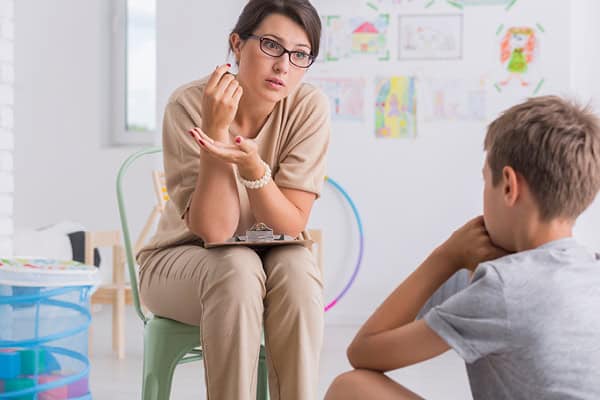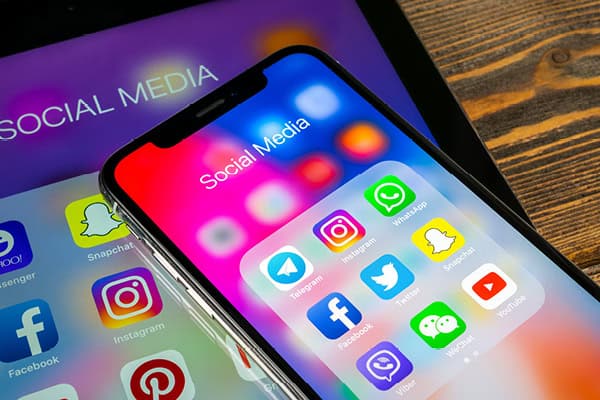Teenagers spend 40 hours on their screens every week, writes Lyndon Haviland, DrPH, MPH, a distinguished scholar at the CUNY School of Public Health and Health Policy, in The Hill, a Washington, D.C.-based news service.
Nearly 100 percent of middle and high school students admit using their devices during school hours, and most high school teachers say it’s a “major problem.” Restricting these devices during the school day can help teachers and administrators keep students focused and engaged socially and academically, writes Haviland.
Teenagers spend up to five hours a day on social media, potentially damaging mental health, warns Surgeon General Vivek Murthy.
“Adolescents who spend more than three hours a day on social media face double the risk of anxiety and depression symptoms,” he says. “Nearly half of adolescents say social media makes them feel worse about their bodies.”
Murthy advocates warning labels on social media platforms to combat loneliness, which he calls a public health “crisis.” Research shows cell phone addiction can actually fuel loneliness. Limiting access to social media, even for a little while, can improve adolescent mental health and develop stronger student connections, he says.
School cell phone policies legislated by states are gaining momentum: As of June, at least 15 states have banned or restricted student cell phone use during school hours.
These restrictions can lead to positive student outcomes. Norway limited cell phone use in hundreds of middle schools years ago, and reduced bullying (for both boys and girls) by over 40 percent. Student visits to psychology specialists dropped 60 percent while overall grade point averages increased.
U.S. schools that have already implemented phone restrictions are seeing encouraging academic and behavioral results in a short period of time.
A Bronx high school with a cell phone ban saw Advanced Placement test scores increase — and overall academic performance improve within a year. Attendance at after-hours sporting events rose. Some students thanked the school’s principal for the ban, saying it helped them focus more during school hours.
In upstate New York, a high school’s classroom engagement improved — and student socialization increased, evidenced by a louder lunchroom as students could no longer sit and scroll in silence.
Says the school’s principal, “In our classrooms, when you would actually speak to them, you had their attention.”
This summer, Sens. Chris Murphy (D-Conn.) and Mitt Romney (R-Utah) introduced the Smart Kids Not Smartphones Act to recognize schools that implement classroom cell phone restrictions.
Murphy noted how Connecticut’s efforts to reduce cell phones in schools have positively impacted mental health — adding to the chorus of other states that have seen similar results.
“Kids are feeling isolated, lonely, disconnected. They’re also performing poorly in schools,” says Zach Rausch, lead researcher for the book, “The Anxious Generation.”
“A large reason for both of these problems [is] the infusion of addictive tech in schools.”
Limiting cell phones at K-12 schools nationwide can strengthen teen health, advance student learning and build better school communities, writes Haviland.
The Hill





